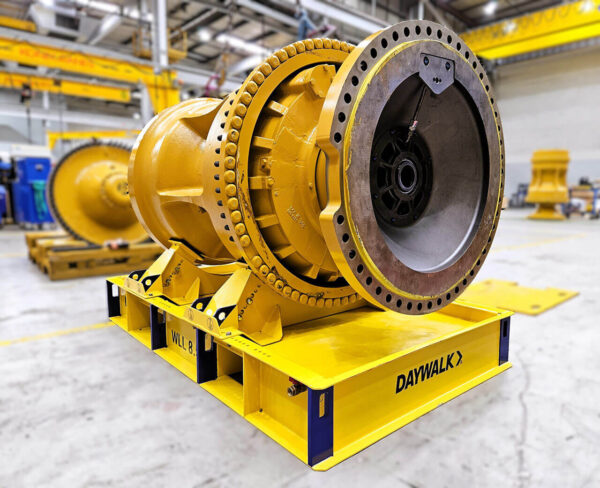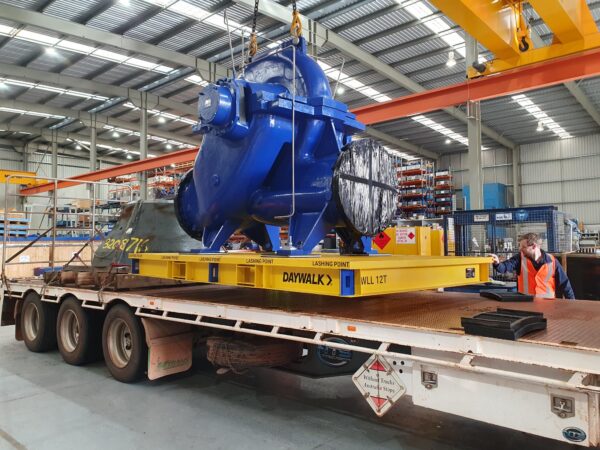A well-managed warehouse is an efficient and productive warehouse. Warehouse managers know that they are tasked with ensuring that everything in their area of responsibility is running according to the processes and procedures they have in place. Below are some suggestions that aim to help in improving efficiency in the warehouse setting.
CONDUCT AN INVENTORY OF ALL STOCK
If a warehouse manager is a king, then the warehouse is his kingdom – and a responsible king knows every one of his subjects. In a warehouse, equipment and stock are a manager’s subjects.
A responsible manager should be aware of what goes on in his warehouse, and the first step towards this is conducting an inventory. They should be able to account for every tool, equipment, and stock that can be found in the warehouse. Doing a catalogue is also a great way to identify which items, if any, need maintenance, replacement, or disposal.
SECURE YOUR PRODUCTS CORRECTLY
This tip is targeted specifically towards the strapping or lashing of goods to their respective pallets. There are tools available that will help in the efficient and secure lashing down of products for shipment or transportation. Manual and battery-operated strapping machines are available for purchase on the market to help with this task.
As well, always double-check that the goods are safely strapped down. There is no harm in rechecking the strapping before sending the shipment or goods for transport out. Don’t be hesitant to exercise due diligence with inspecting the quality and security of the straps, to ensure that product damage or loss is minimised as much as possible.
DON’T OVERSTRESS (YOUR EQUIPMENT)
Efficiency isn’t just about speed – it’s also about the quality of work output. Forcing equipment to function beyond their capacities, like overloading pallets or forklifts, can lead to costly repairs, damages, and worker injuries. Be mindful of the set capacity limits of equipment and tools, and perform routine maintenance on equipment and tools that are in heavy rotation or service around the warehouse.
If pieces of equipment are no longer safe to operate or use, replace them as soon as possible. Avoid using pieces of equipment that aren’t operationally safe, as these could cause damages to goods or injuries to warehouse workers.
MAXIMISE SPACE
A cramped warehouse is either an overcrowded or a poorly managed warehouse. Responsible warehouse managers how to utilise space smartly, like making use of pallets, shelves, and storage bins to store their goods and tools. Metal cages and DG cabinets are also suitable for more sensitive equipment that needs to be secured when not in use or operation.
LABELS ARE YOUR FRIEND
Labelling containers, pallets, and other tools within the warehouse can be a great help for the organisation of the warehouse. Managers need to be especially aware of where their critical stocks are located, and an ordered arrangement or labelling system can help in this endeavour. Simple labelling methods, like printed stickers or ID tags, can do wonders for letting warehouse crew know where any given item can be found and where it should be returned.
Consider these tips for a more efficient warehouse.
Ready to discuss your needs?
Talk to our team by calling us on 1300 662 987 or send us your enquiry here.





